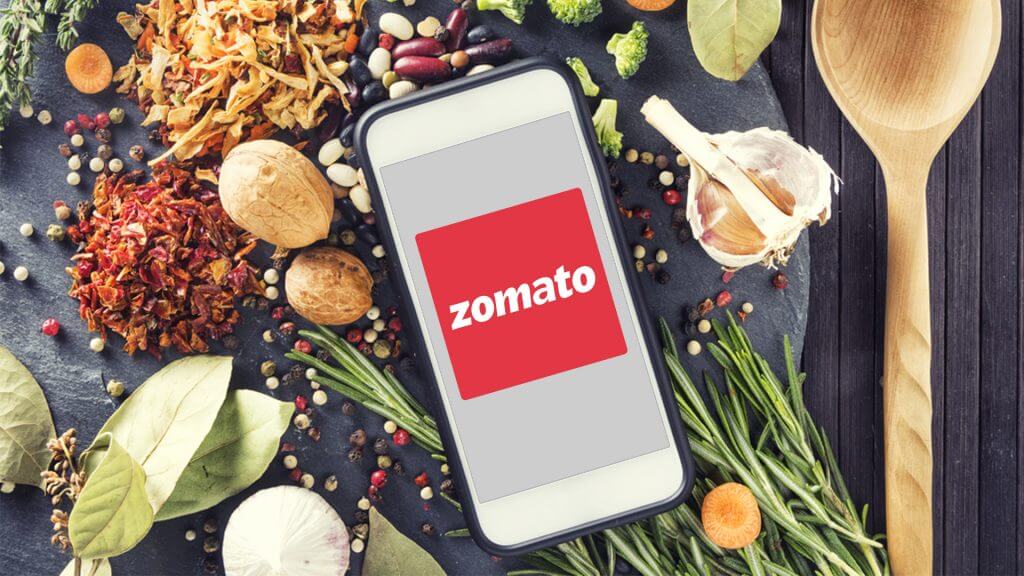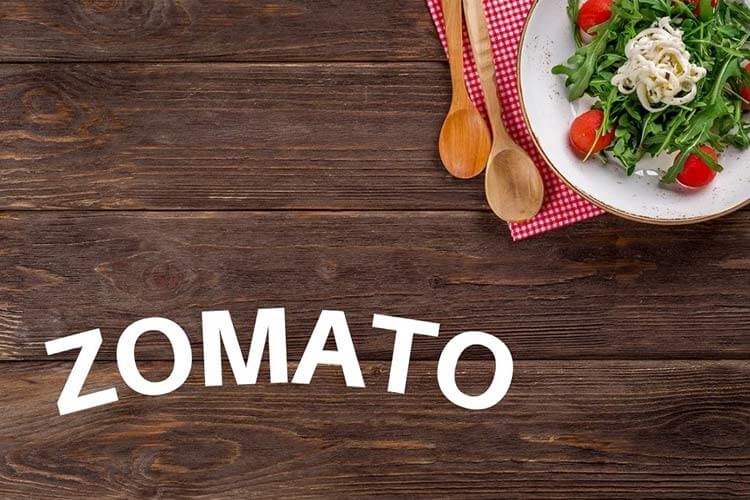Zomato, a food delivery company, aims to change the dietary habits of over 1.36 billion people in India.
In mid-July, Zomato was valued at $12 billion during its IPO, marking a major milestone in India’s capital markets. While traditional food businesses continue to operate, Zomato exemplifies what a modern technology company looks like—and its successful listing offers valuable insights into how such firms operate, scale, and create value with minimal capital investment.
The company attracted prominent global investors, including Fidelity, Morgan Stanley, Canada Pension Plan Investment Board, and the Government of Singapore, despite owning no physical assets like restaurants or delivery fleets.
Zomato vs. Traditional Food Businesses
Like DoorDash and SkipTheDishes, Zomato delivers restaurant food without owning real estate, restaurants, storage, or delivery vehicles. Its business model mirrors that of Uber, Amazon, and Airbnb—but is structurally different from companies like Facebook or LinkedIn.
In a previous Harvard Business Review article, the authors argued that WeWork did not qualify as a tech company despite its self-labeling. The contrast between WeWork’s failed IPO and Zomato’s success offers a clear case study in what makes a true technology company.

According to the authors, a successful tech company must:
Transform its industry
Scale rapidly
Generate significant profit with limited capital expenditure
Zomato possesses six key characteristics that typify a modern tech company.
1. Industry Disruption at Scale
Zomato is aiming to redefine how 1.36 billion Indians eat—in a country where nearly 90% of people don’t regularly dine out (compared to 58% in China).
The barriers were:
Limited access to personal transportation (only 2% of Indian households own a car)
Cultural reluctance to eat food prepared outside the home
Zomato overcame both. It introduced fast, reliable delivery services and built trust through features like reviews and ratings, gradually changing mindsets and normalizing food delivery.
Just as Uber got millions to ride with strangers and Airbnb made sleeping in others’ homes mainstream, Zomato is doing the same for food.
2. Low Capital Costs, High Local Value
Unlike global platforms like Google or Facebook, Zomato must build local networks in every city it enters. It invests in restaurant partnerships, curates menus, and evaluates delivery feasibility. These soft assets are not easily replicable and form a competitive moat.
3. Deep Customer Intimacy
Zomato collects and analyzes years of user data to personalize promotions, adjust pricing, and optimize delivery. This allows for targeted marketing and highly tailored customer experiences, increasing switching costs and reducing churn.
Just as Amazon reorganizes its entire interface around user preferences, Zomato fine-tunes offerings based on seasonality, local trends, and individual behaviors.

4. Network Effects
Modern tech firms benefit from network effects:
Direct: (e.g., Facebook, LinkedIn): each new user adds value to all others
Indirect: (e.g., Zomato, Uber): more users attract more restaurants or drivers
Data Network Effects: Every transaction adds insights that improve service delivery and personalization
Zomato uses what it calls a “flywheel effect”—each new customer or restaurant enriches the platform and amplifies its efficiency and scale.
5. Ecosystem Expansion at Low Marginal Cost
Tech companies extend offerings through existing ecosystems.
Uber expanded from rides to food delivery (Uber Eats)
Amazon leverages Echo devices to sell music, video, and more
Apple monetizes content through the iPhone
Similarly, Zomato can offer semi-prepared meals, restaurant supplies, table bookings, and more—leveraging its platform without major new capital.
6. Variable Costs and Scalable Margins
Unlike pure software firms like Google or Microsoft, Zomato’s cost structure includes physical logistics—delivery drivers, restaurant partners, etc. But as scale grows:
Operational efficiencies improve
Supplier relationships deepen
Negotiation power increases
Future technologies like drones, robotics, and autonomous vehicles may further lower costs, enhancing profitability.
The Big Picture
Modern tech companies with asset-light models and these six characteristics are among the most valuable entities of the 21st century. As of July 2021, the combined market cap of FAANG+M (Facebook, Apple, Amazon, Netflix, Google, Microsoft) was over $9 trillion—exceeding the GDP of every country except two.
Zomato’s high valuation is not surprising. It’s a verified tech company poised to reshape the food habits of over a billion people.
Today’s tech giants rival the industrial titans of the 20th century—Ford, GE, and others—who reshaped societies with heavy infrastructure. The new giants, however, build intangible, data-driven ecosystems that are nearly impossible to replicate.
As the authors put it: “How easy would it be to rebuild the trust and engagement of 1.5 billion Facebook users?”




No comment